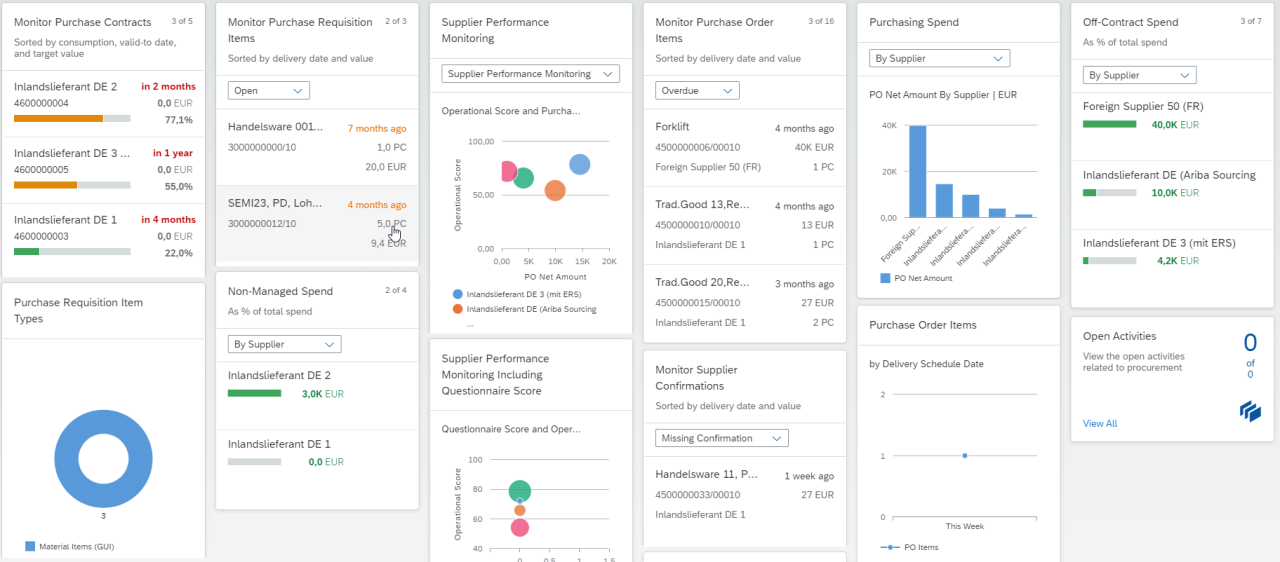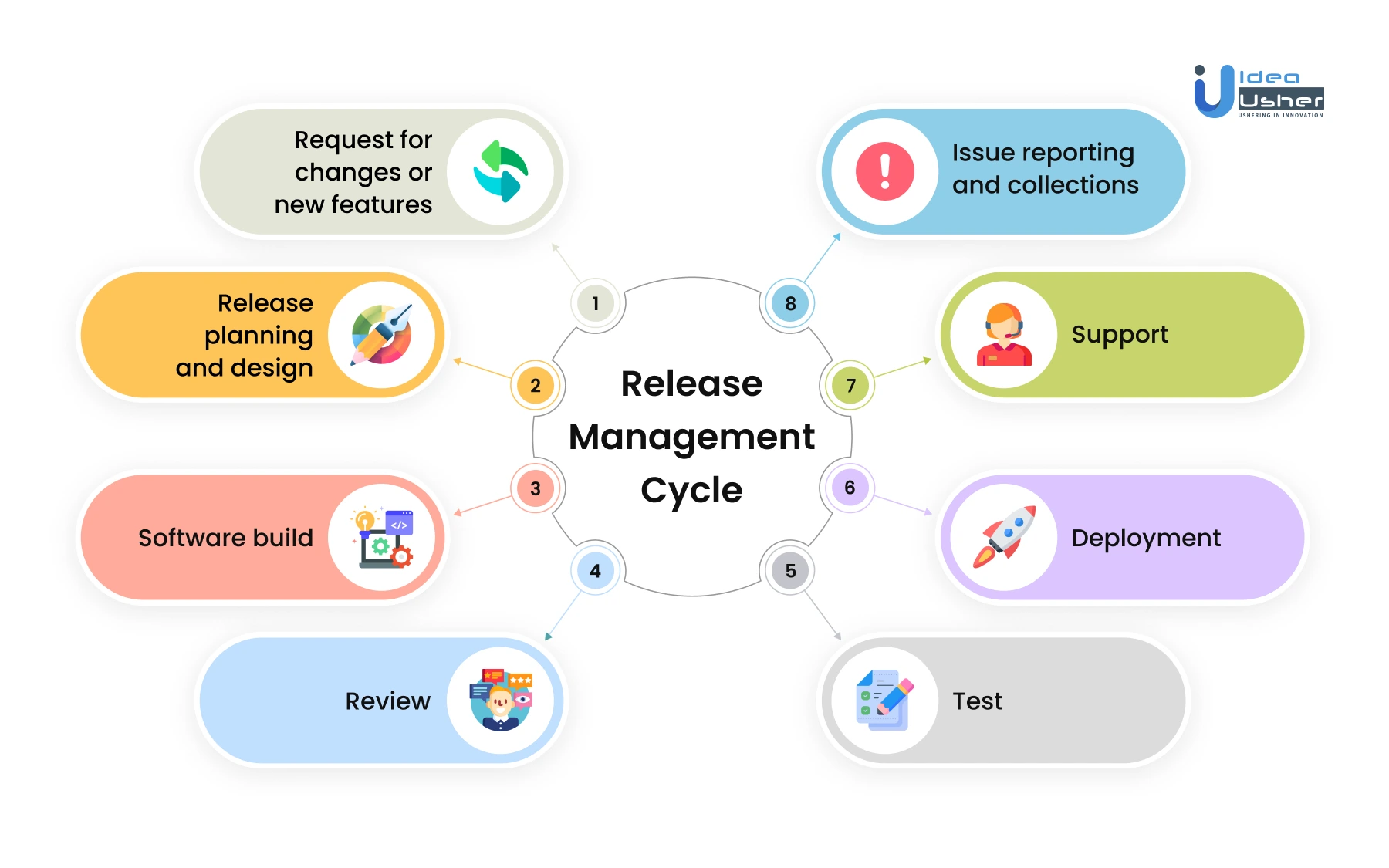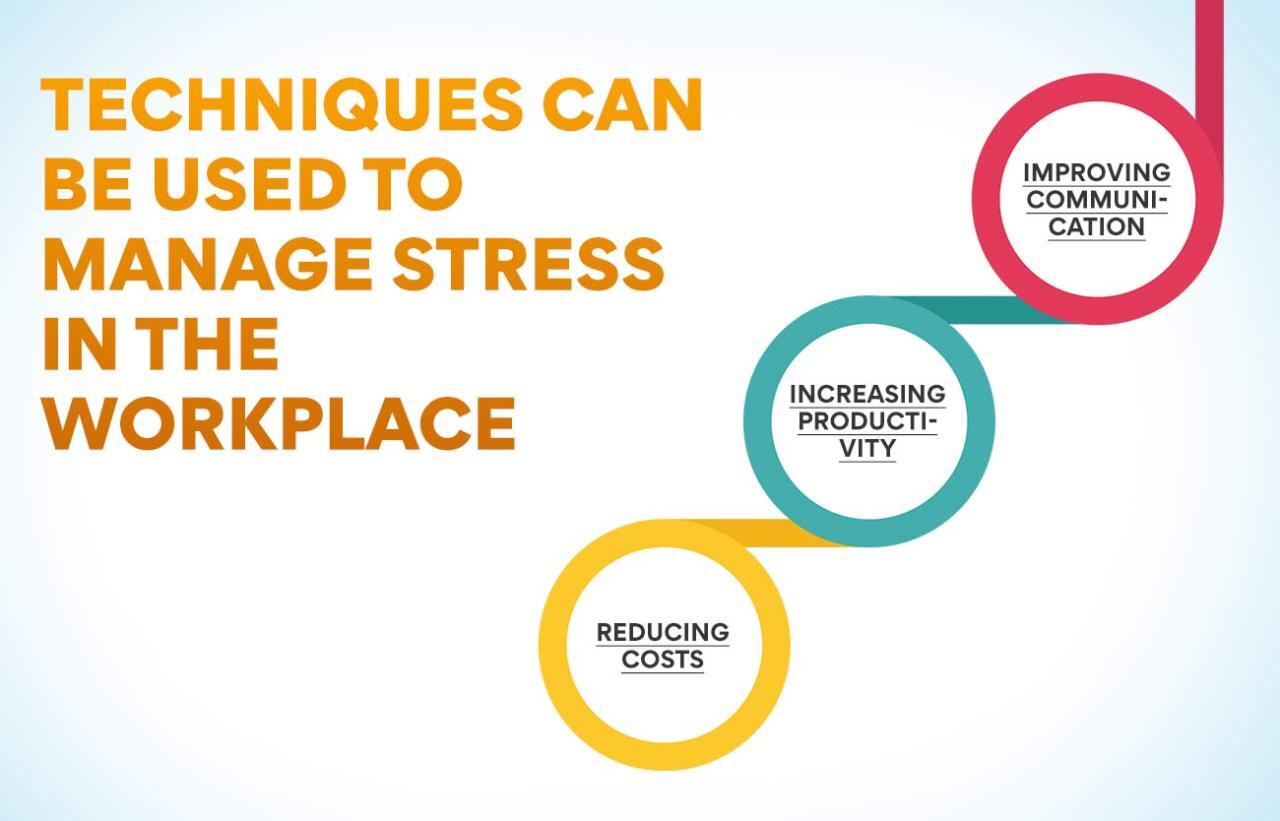Freelancing offers exciting opportunities, but managing finances effectively is crucial for success. This comprehensive guide provides a detailed roadmap for freelancers to navigate the complexities of budgeting, client payments, saving, investing, taxes, and debt management, ultimately leading to financial security and future planning.
From creating a realistic budget that accounts for fluctuating income to understanding the intricacies of tax implications, this guide offers practical strategies and actionable steps. We’ll explore diverse tools and resources, ensuring you have the necessary support for optimal financial management throughout your freelance career.
Budgeting and Tracking Income/Expenses
Freelancing offers exciting opportunities for independence and creativity, but managing finances effectively is crucial for long-term success. A well-structured budgeting and tracking system is vital to ensure financial stability and enable you to achieve your financial goals. This section details how to create a realistic budget, track income and expenses, and categorize costs for a clear financial picture.A robust financial management system is essential for freelancers, particularly due to the fluctuating nature of income.
Understanding your income patterns, anticipated expenses, and having a clear plan to manage them will be crucial for a stable financial future. Regular tracking and adjustments will ensure your budget remains relevant and effective.
Creating a Realistic Budget
A realistic budget accounts for the unpredictable nature of freelance income. It’s not a rigid set of rules but a flexible framework that allows for adjustments as your income and expenses change. Key elements for creating a realistic freelance budget include accurate income projections and detailed expense tracking. Thorough planning and regular review are vital to maintain financial stability.
Budgeting Templates for Freelancers
Various budgeting methods can be employed. The zero-based budgeting approach meticulously tracks every dollar of income and allocates each penny to a specific category. The 50/30/20 rule offers a simpler structure, allocating 50% of income to needs, 30% to wants, and 20% to savings and debt repayment. Choosing a method that best suits your needs and financial situation is crucial.
Tracking Income and Expenses
Effective tracking of income and expenses is paramount. Utilize spreadsheets, budgeting apps, or accounting software to record all transactions. These tools facilitate organization, analysis, and identification of trends. Regular review of your records is essential for proactive financial management.
Examples of Tracking Tools and Software
Popular spreadsheet software like Google Sheets or Microsoft Excel offer robust features for tracking income and expenses. Dedicated budgeting apps like Mint or Personal Capital provide user-friendly interfaces and automated reporting. Choose a tool that aligns with your technical proficiency and comfort level.
Categorizing Expenses for Better Financial Understanding
Categorizing expenses provides valuable insights into spending patterns. Break down expenses into broad categories like housing, transportation, food, entertainment, and debt repayment. Detailed categorization enables you to identify areas where you can potentially cut back on spending. This detailed analysis is critical for making informed financial decisions.
Common Freelance Income Sources and Expense Categories
| Income Source | Expense Categories |
|---|---|
| Hourly Rate | Office Supplies, Client Communication, Website Costs, Software Subscriptions |
| Project-Based Fees | Project-Specific Materials, Client Communication, Travel Expenses, Marketing |
| Subscription Fees | Website Hosting, Software Subscriptions, Marketing Tools, Professional Development |
| Product Sales | Inventory, Marketing, Shipping, Customer Service |
| Other | Miscellaneous Expenses, Unexpected Costs, Professional Development, Savings |
Managing Client Payments and Invoicing

Effectively managing client payments and invoicing is crucial for the financial health of any freelance business. A streamlined process ensures timely payments, builds trust with clients, and ultimately contributes to your overall profitability. This section will detail best practices for creating professional invoices, handling payments, and managing potential issues like late payments.A well-defined invoicing and payment system is paramount for freelancers.
Clear communication and a professional approach to invoicing and payment collection fosters trust and establishes your business as a reliable partner.
Creating Professional Invoices
A professional invoice is more than just a bill; it’s a crucial communication tool. It clearly Artikels the services provided, the agreed-upon fees, and payment terms. A standardized invoice template ensures consistency and clarity for both you and your clients. This template should include essential elements such as invoice number, date, client details, description of services rendered, quantities, rates, total amount due, payment terms, and your contact information.
Best Practices for Sending and Receiving Payments
Implementing best practices for sending and receiving payments is key to maintaining positive client relationships. Promptly send invoices after completing the agreed-upon work. Use clear and concise language, outlining the due date and any applicable payment terms. For recurring projects, establish a consistent invoicing schedule to avoid confusion and ensure timely payments.When receiving payments, ensure proper record-keeping and confirmation.
Use secure methods, and always maintain copies of all transactions for your records. This will help you track income and ensure compliance with tax regulations.
Payment Processing Methods
Various payment processing methods are available for freelancers, each with its own set of advantages and disadvantages. Choosing the right method depends on your specific needs and preferences.
- Direct Bank Transfers: This method offers security and control. You receive funds directly into your bank account, eliminating transaction fees often associated with other payment processors. However, it requires client bank account details and might not be suitable for all clients or regions.
- Payment Platforms (e.g., PayPal, Stripe, Square): These platforms provide secure payment gateways and simplified invoicing. They often offer features such as recurring billing, detailed transaction reports, and customer support. However, transaction fees can be a consideration.
Handling Late Payments and Unpaid Invoices
Late payments can disrupt your cash flow. Establish clear payment terms from the beginning and communicate these terms in your invoices. Send polite reminders to clients about outstanding invoices, and if payments are still outstanding after several attempts, consider escalating the issue.
Comparing Payment Platforms
The following table provides a comparative overview of common payment platforms.
| Payment Platform | Pros | Cons |
|---|---|---|
| PayPal | Widely recognized, user-friendly interface, various payment options | Transaction fees, potential security concerns for high-value transactions |
| Stripe | Robust features, advanced tools for businesses, competitive pricing, good for international transactions | Steeper learning curve for beginners, potentially higher transaction fees for certain volumes |
| Square | Easy setup, integrated POS systems, simple invoicing, good for in-person businesses | Might have limitations for freelancers working primarily online, higher transaction fees for certain transactions |
Saving and Investing Strategies
Successfully managing finances as a freelancer often hinges on establishing a robust savings and investment plan. Inconsistent income necessitates careful strategies to build a financial safety net and achieve long-term financial goals. This section explores various effective methods for accumulating savings and strategically investing funds, crucial for freelancers navigating the fluctuating nature of their earnings.
Effective Strategies for Saving Money
Consistent saving, even with irregular income, is achievable through disciplined budgeting and prioritization. Regular contributions, even small amounts, compound over time. Automating savings transfers to a dedicated account can significantly improve adherence to saving goals. Leveraging various savings vehicles and exploring opportunities for additional income streams can also enhance savings capacity.
Types of Savings Accounts and Investment Options
A range of savings and investment options cater to diverse freelancer needs. High-yield savings accounts offer competitive interest rates, while money market accounts provide access to funds with slightly higher returns compared to traditional savings accounts. Certificates of Deposit (CDs) offer fixed-term deposits with guaranteed returns, suitable for those seeking a certain level of security. Consider opening separate accounts for emergency funds and long-term goals, maintaining clarity and control over financial resources.
Investment Vehicles for Freelancers
Various investment vehicles are available to freelancers. Stocks, representing ownership in a company, can potentially generate substantial returns but carry market risk. Bonds, which are essentially loans to a corporation or government, offer more stable returns but typically lower returns than stocks. Mutual funds pool investor money to invest in a diversified portfolio of stocks, bonds, or other assets, providing diversification benefits and professional management.
Real estate investment trusts (REITs) allow investors to participate in the real estate market without directly owning properties.
Comparison of Investment Vehicles
| Investment Vehicle | Advantages | Disadvantages |
|---|---|---|
| Stocks | Potentially high returns | Market risk, volatility |
| Bonds | Relatively stable returns | Lower returns compared to stocks |
| Mutual Funds | Diversification, professional management | Management fees, potential performance lag |
| REITs | Exposure to real estate market | Potential for volatility, dividend payments |
Importance of Emergency Funds for Freelancers
An emergency fund is crucial for freelancers, safeguarding against unexpected expenses such as medical emergencies, equipment malfunctions, or project delays. A substantial emergency fund, ideally 3-6 months of living expenses, provides a safety net during periods of low or no income. This crucial buffer allows freelancers to maintain their financial stability and avoid high-interest debt during unforeseen circumstances.
Investment Goals and Strategies
Different investment goals necessitate tailored strategies. Short-term goals, such as a down payment on a house, may require a higher-risk investment approach, while long-term goals, like retirement, may benefit from a more conservative approach. The following table illustrates a few examples of investment goals and corresponding strategies:
| Investment Goal | Investment Strategy |
|---|---|
| Emergency Fund | High-yield savings account, money market account |
| Down Payment on a House | Mix of stocks, bonds, potentially real estate investment |
| Retirement | Diversified portfolio of stocks, bonds, mutual funds, potentially real estate |
Tax Management and Record Keeping

Managing your taxes as a freelancer requires meticulous record-keeping and a thorough understanding of the unique tax implications. This section provides a comprehensive guide to navigating the complexities of freelancer taxation, empowering you to effectively manage your tax obligations and minimize liabilities. Proper tax management ensures compliance with regulations and allows you to maximize your financial well-being.Understanding the intricacies of self-employment taxes is crucial for freelancers.
Unlike employees, freelancers are responsible for both the employer and employee portions of Social Security and Medicare taxes. This often involves quarterly estimated tax payments to avoid penalties. Moreover, freelancers may be subject to various state and local taxes, dependent on their location. Thorough planning and proactive record-keeping are key to navigating these complexities successfully.
Unique Tax Implications for Freelancers
Freelancers face distinct tax obligations compared to traditional employees. They are responsible for paying self-employment taxes, covering both the employer and employee portions of Social Security and Medicare. This often requires quarterly estimated tax payments to avoid penalties. Furthermore, freelancers may be subject to state and local taxes, varying depending on their location.
Essential Tax Documents and Records
Maintaining accurate and comprehensive records is paramount for freelancers. Essential documents include all invoices, receipts, contracts, and payment records. This documentation is critical for supporting your reported income and expenses. Proof of business expenses, such as mileage logs, business equipment purchases, and professional development courses, is essential.
Tracking Income and Expenses for Tax Purposes
A meticulous system for tracking income and expenses is essential. This should include detailed records of all income sources, including freelance work, consulting fees, and any other revenue. Expenses should be meticulously documented with dates, descriptions, and supporting receipts. Utilizing accounting software or spreadsheets can greatly facilitate this process. Categorizing expenses into business and personal categories is vital for accurate reporting.
Strategies for Minimizing Tax Liabilities
Several strategies can help minimize tax liabilities. These include taking advantage of eligible tax deductions, claiming business expenses, and making informed decisions regarding retirement savings. Seeking professional advice from a tax advisor or accountant is highly recommended, especially for complex situations. Utilizing tax software or online tools can also simplify the process.
Common Tax Deductions for Freelancers
| Deduction Category | Description | Example |
|---|---|---|
| Business Expenses | Costs directly related to your freelance work. | Office supplies, software subscriptions, internet costs, professional development courses. |
| Home Office Deduction | Portion of home used exclusively and regularly for business. | A dedicated home office space, used solely for client meetings and work. |
| Mileage | Business travel expenses. | Driving to client meetings or to attend industry events. |
| Professional Fees | Fees paid for services directly related to your business. | Legal fees, accounting services, marketing consultants. |
| Insurance | Professional liability insurance, health insurance premiums. | Business insurance policies to protect against potential legal liabilities or business interruptions. |
Tools and Resources for Financial Management
Effective financial management is crucial for freelancers to thrive. Choosing the right tools and resources can streamline your income tracking, expense management, and overall financial health. This section will explore essential tools and software, highlighting their benefits and providing a comparison of different accounting options. Understanding how to utilize these tools effectively will empower you to make informed financial decisions and maintain a healthy financial posture.
Essential Tools and Software for Freelance Financial Management
A range of tools and software cater to different needs and budgets. Selecting the right tools can greatly simplify the complexities of freelance finances. Key tools often include accounting software, invoicing platforms, and expense tracking apps. These tools assist in managing client payments, tracking income and expenses, and streamlining the overall financial process.
- Accounting Software: Software like Xero, QuickBooks Self-Employed, and FreshBooks offer comprehensive solutions for tracking income, expenses, and managing invoices. They often integrate with other financial tools, enabling a holistic view of your finances. This comprehensive approach streamlines financial reporting and simplifies the management of accounts receivable and payable.
- Invoicing Platforms: Platforms like InvoiceOwl, Zoho Invoice, and FreshBooks facilitate the creation and sending of professional invoices. These platforms typically offer features for managing client payments and tracking outstanding invoices, enhancing efficiency in receiving payments. The automation and streamlined workflow reduce the time spent on manual tasks.
- Expense Tracking Apps: Apps like Expensify, MileIQ, and others simplify the process of tracking business expenses. These applications facilitate organizing receipts, categorizing expenses, and reporting to accounting software. Expense tracking apps often provide automated expense reports, which can simplify tax preparation.
- Budgeting Tools: Tools like Personal Capital, Mint, and You Need A Budget (YNAB) assist in creating and maintaining a budget. These applications help to track spending habits, monitor financial goals, and generate insights for improved financial management. Budgeting tools provide valuable data to adjust spending and prioritize savings.
Comparison of Accounting Software Options
Choosing the right accounting software is crucial for managing your freelance finances effectively. Different software options cater to varying needs and budgets.
| Software | Key Features | Pricing | Pros | Cons |
|---|---|---|---|---|
| Xero | Robust accounting features, excellent integration capabilities, invoicing, expense tracking. | Subscription-based, tiered pricing. | Powerful, user-friendly interface, strong reporting features, good for growing businesses. | Can be complex for beginners, potentially high monthly cost. |
| QuickBooks Self-Employed | Simple to use, intuitive interface, suitable for freelancers, integrated with payroll and tax services. | Subscription-based, tiered pricing. | Easy setup, suitable for managing basic financial needs, readily available support. | Limited advanced features, potentially not ideal for complex accounting needs. |
| FreshBooks | Focus on invoicing and client management, robust invoicing and payment features, easy to use. | Subscription-based, tiered pricing. | Excellent for invoicing, excellent client management tools, good for smaller businesses. | Limited accounting features compared to other software. |
Using Tools to Track Income and Expenses
Effective use of financial tools is crucial for freelancers to maintain accurate records of income and expenses. This includes using invoicing platforms to manage client payments and accounting software to track expenses. These actions enable the tracking of income sources and expense categories.
- Income Tracking: Use accounting software to categorize income from different clients or projects. Track invoices sent and payments received. This enables monitoring income trends and adjusting business strategies accordingly.
- Expense Tracking: Utilize expense tracking apps to log all business expenses, including travel, materials, and marketing. Use the appropriate categories to categorize expenses. This provides insight into spending habits and helps with financial planning.
Free vs. Paid Tools
Free tools often have limitations compared to paid options. Free tools are frequently useful for basic needs, but they may not offer advanced features or support. Paid tools, while often more expensive, offer comprehensive features and dedicated support.
- Free Tools: Free tools are suitable for basic tracking. Spreadsheet software (like Google Sheets or Microsoft Excel) can be used for basic tracking. However, these options might lack features like automated invoicing or robust reporting capabilities. These tools are suitable for those with limited budgets.
- Paid Tools: Paid tools provide more comprehensive features and dedicated support. They often integrate with other financial tools and offer robust reporting. These options provide advanced features and dedicated support.
Debt Management and Credit

Managing debt effectively is crucial for freelancers to maintain financial stability and build a strong financial foundation. A well-managed approach to debt allows for greater flexibility in pursuing professional opportunities and personal goals. This section will Artikel strategies for navigating debt, building credit, and creating a healthy financial trajectory.
Importance of Debt Management for Freelancers
Debt management is vital for freelancers due to the fluctuating nature of income. Uncontrolled debt can lead to financial strain and impact project bidding, client relationships, and overall well-being. Effective debt management allows freelancers to allocate resources effectively, avoid costly interest payments, and focus on business growth.
Strategies for Efficient Debt Repayment
Establishing a clear debt repayment plan is essential for freelancers. Prioritizing high-interest debts, using the debt snowball or avalanche method, and seeking professional advice can significantly reduce the burden of debt. Consistency in repayments is key to avoiding accumulating further debt and maintaining a healthy financial standing.
Examples of Different Debt Repayment Plans
Several debt repayment strategies are available, each with its own benefits and drawbacks. The debt snowball method prioritizes minimum payments on all debts except the smallest one, focusing on motivation and early successes. The debt avalanche method prioritizes high-interest debts, aiming for the fastest possible debt reduction. Both methods require consistent effort and budgeting to be successful. Examples of such plans could involve establishing a monthly budget and setting aside a specific amount for debt repayment.
Building Good Credit as a Freelancer
Building credit as a freelancer requires proactive steps to demonstrate financial responsibility. Obtaining a secured credit card or utilizing existing accounts for responsible transactions are essential steps. Maintaining consistent payments on all accounts and monitoring credit reports regularly are also important to ensure a positive credit history. This will improve your ability to secure loans or credit lines in the future.
Types of Debt and Recommended Strategies
| Type of Debt | Recommended Strategy | Explanation |
|---|---|---|
| Credit Card Debt | Debt Avalanche or Snowball Method | Prioritize high-interest credit card debt, using either the avalanche (highest interest first) or snowball (smallest balance first) method to accelerate repayment. |
| Student Loans | Refinancing or Income-Driven Repayment Plans | Explore options for refinancing to potentially lower interest rates or consider income-driven repayment plans to align payments with income levels. |
| Personal Loans | Debt Avalanche or Snowball Method | Use the avalanche or snowball method, depending on individual priorities, to manage personal loans efficiently. Compare interest rates and repayment terms. |
| Medical Bills | Negotiate with Providers | Attempt to negotiate payment plans or explore options for reduced payments. Prioritize debt management strategies. |
| Unsecured Debt | Prioritize High-Interest Debt | Focus on high-interest debts for maximum impact on overall debt. Consider budgeting and prioritizing repayments. |
Note: This table provides general guidelines. Consulting with a financial advisor is recommended for personalized advice and tailored strategies.
Financial Planning for the Future

Freelancing offers flexibility, but it also necessitates proactive financial planning for long-term security. Understanding your future financial needs and developing strategies to achieve them is crucial for navigating the unpredictable landscape of independent work. This section focuses on crafting a roadmap for your financial well-being beyond your current projects.
Long-Term Financial Goals for Freelancers
Defining long-term goals, such as retirement, purchasing a home, or funding children’s education, is the cornerstone of successful financial planning. These goals provide a clear direction for investment decisions and savings strategies. Establishing specific, measurable, achievable, relevant, and time-bound (SMART) goals is paramount.
Retirement Savings Plan
Retirement planning is essential for freelancers. A structured approach to retirement savings, including contributions to retirement accounts, is vital to ensuring a comfortable future. Consistent savings, even in small amounts, compounded over time, can significantly impact your retirement nest egg.
Retirement Accounts and Investment Strategies
Various retirement accounts cater to different needs and risk tolerances. Understanding these options is crucial for making informed decisions. Examples include traditional IRAs, Roth IRAs, and 401(k) plans. Diversifying your investments across different asset classes (stocks, bonds, real estate) can help manage risk and maximize returns. It is also essential to review and adjust your investment strategy periodically based on your financial situation and goals.
- Traditional IRA: Contributions may be tax-deductible, but withdrawals in retirement are taxed. This can be a good option if you expect to be in a lower tax bracket in retirement.
- Roth IRA: Contributions are not tax-deductible, but withdrawals in retirement are tax-free. This is beneficial if you anticipate being in a higher tax bracket in retirement.
- 401(k): This plan is often offered by employers, but freelancers can establish self-employed 401(k) plans. Contributions may be tax-deductible, and growth within the account is tax-deferred.
- Investment Strategies: A diversified portfolio across various asset classes, including stocks, bonds, and potentially real estate, is often recommended. Consider your risk tolerance and time horizon when choosing investment strategies. Consult with a qualified financial advisor for personalized recommendations.
Estate Planning for Freelancers
Estate planning, often overlooked, is crucial for freelancers. It involves outlining how your assets will be distributed after your passing. This includes wills, trusts, and powers of attorney, which help protect your loved ones and ensure your wishes are carried out.
Financial Goals and Recommended Strategies
| Financial Goal | Recommended Strategies |
|---|---|
| Retirement Savings | Regular contributions to retirement accounts, diversified investments, and consistent review of investment strategy. |
| Home Ownership | Saving for a down payment, exploring mortgage options, and researching local real estate markets. |
| Education Funding | Establishing dedicated savings accounts or 529 plans, and exploring financial aid options. |
| Debt Reduction | Developing a budget, prioritizing high-interest debt, and exploring debt consolidation options. |
| Emergency Fund | Creating a separate savings account for unexpected expenses, aiming for 3-6 months of living expenses. |
Epilogue

In conclusion, this guide has equipped you with essential strategies for managing your finances as a freelancer. By meticulously tracking income and expenses, efficiently managing client payments, developing sound saving and investment strategies, understanding tax implications, and effectively handling debt, you can achieve financial stability and pave the way for a secure and prosperous future. Remember, consistent effort and careful planning are key to maximizing your freelance income and minimizing financial risks.